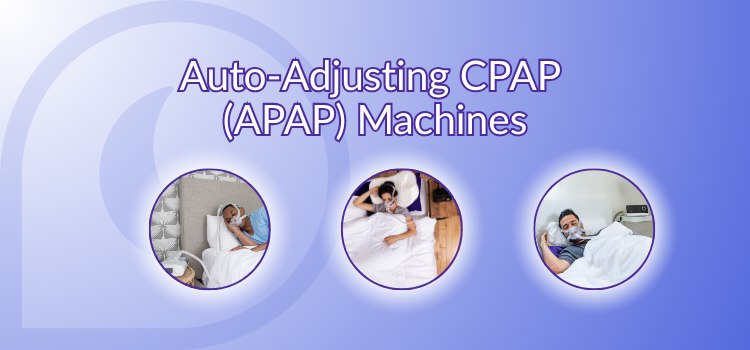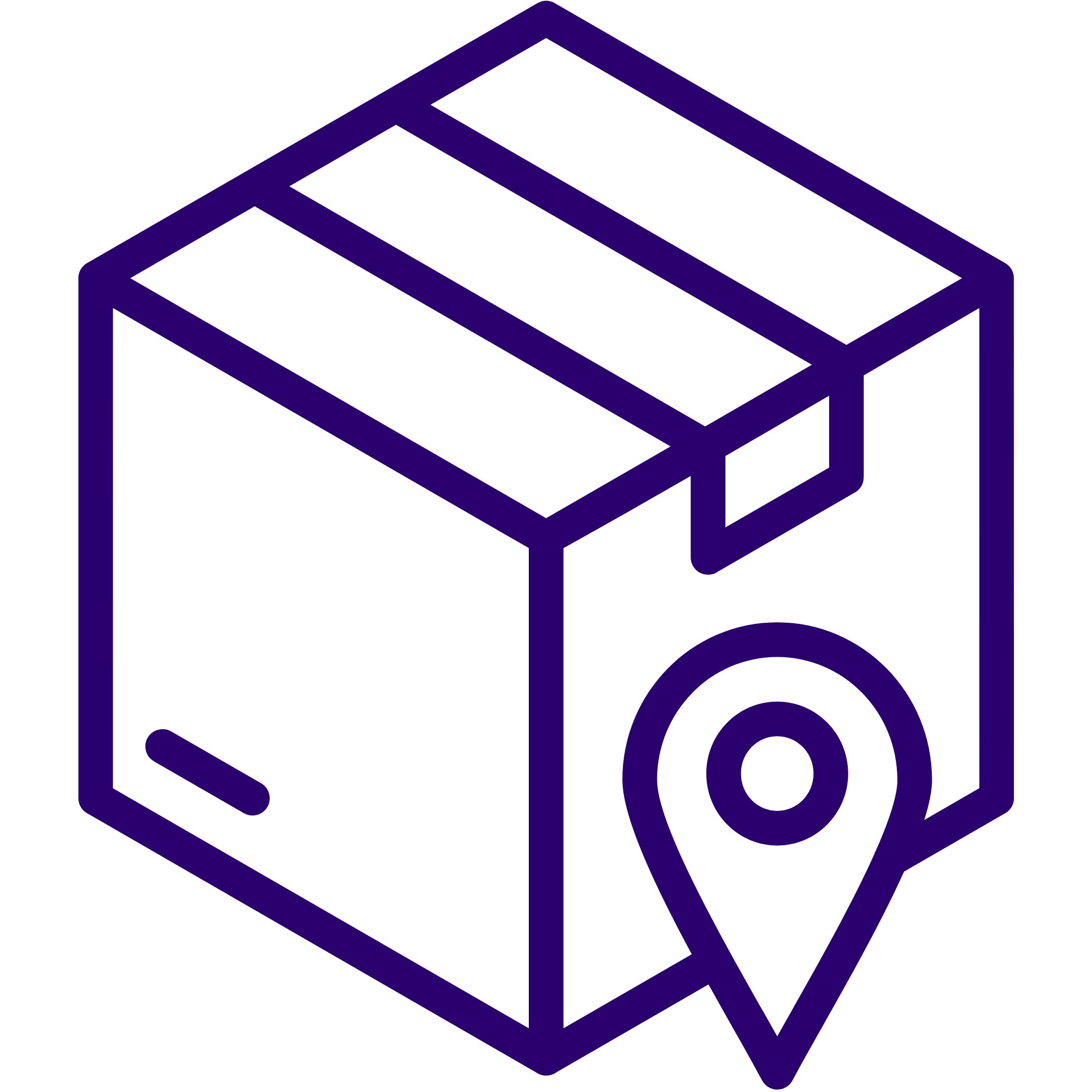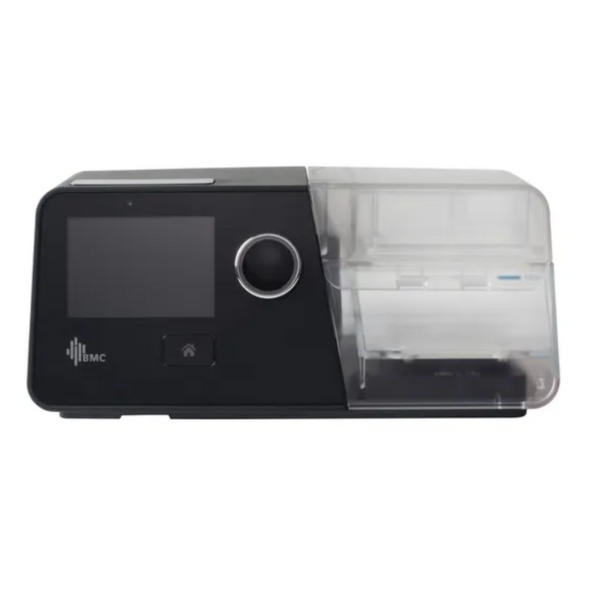

Get your ideal mask and the perfect fit with our Mask Fit Finder






Create an account and earn 10 Reward Points!
Our Customer Care team is here to help with your inquiries. Please see the contact options available at this time below
Available anytime. Please allow 24 business hours for a detailed reply to your inquiry.
Monday - Friday 9:00 AM - 5:00 PM EDT
Monday - Friday 10:00 AM - 4:00 PM EDT
The ability to automatically adjust pressure settings can be especially beneficial to CPAP users whose breathing patterns fluctuate throughout the night. If this is the case for you, APAP machines may be the right option. Auto-adjusting CPAP (APAP) Machines use sensors and algorithms to identify pauses or changes in your breathing, and functions to automatically adjust the pressurized airflow settings to keep your airway open during sleep therapy. Shop our selection of some of the best APAP machines available from top brands such as Resmed, Philips Respironics, React Health, and more.
Learn More:
APAP Machines | CPAP vs. APAP | Cleaning Your PAP Machine | Resupply
Creating an account has many benefits:
What is a Auto-CPAP Machine (APAP Machine)?
Auto-Adjusting Positive Airway Pressure (APAP) machines are designed to treat sleep apnea by delivering pressurized air through a CPAP mask and tubing system to keep the upper airway open during sleep.
What Are the Differences Between a CPAP and APAP Machine?
While CPAP machines are designed to deliver a constant flow of fixed-pressurized air to the upper airway, APAP machines are able to automatically air pressure levels as they’re being delivered, based on your own personal breathing patterns. Using sensors and algorithms, APAP machines can detect changes in breathing, such as snoring or cessations in breathing, and automatically adjust the air pressure being delivered to maintain an open airway. This means optimal pressure for each breath you take, providing a more comfortable and effective CPAP therapy experience.
How to Clean Your PAP Machine
Maintaining regular cleaning of your PAP machine not only increases the lifespan of your device but also ensures more effective CPAP therapy and improved hygiene. Be sure to follow the specific instructions provided by the manufacturer of your PAP machine. Here are some general guidelines and tips for a more effective CPAP cleaning experience:
Daily - Empty any leftover water from your water chamber and rinse with distilled water before air drying in a clean, low-humidity environment.
Weekly - Wash your humidifier water chamber with warm soapy water before rinsing and air drying.
Daily/Weekly - After disconnecting your CPAP tubing, wash the tubing in warm soapy water (daily). Rinse and air dry. Alternatively, you can clean your CPAP tubing with a 1:3 vinegar to water ratio on a weekly basis (rinse thoroughly and air dry).
Bi-Weekly/Bi-Annually - Disposable air filters should be removed and replaced every 2 weeks, but should be checked regularly for buildup, debris, discoloration, and clogging. Reusable filters can be washed, air dried, and replaced every 6 months.
Monthly - CPAP machines should be wiped down with a damp, sanitary cloth on a monthly basis. Be sure that no moisture gets inside your machine and avoid using strong cleaning agents such as bleach or alcohol-based solutions.
Distilled water should be used in your humidifier water chamber to prevent mineral deposits, unless otherwise specified.
CPAP cleaning devices and sanitizers are a great option for cleaning your CPAP equipment and supplies. Many CPAP cleaners utilize UV light or ozone to sanitize such as the LiViliti Paptizer UVC LED Smart CPAP Sanitizer, or the Lumin CPAP Supplies Sanitizer.
Browse our selection of CPAP cleaning supplies and read more about cleaning your CPAP supplies with this helpful blog.
When Should You Replace Your PAP Machine and Supplies?
To keep your CPAP therapy both effective and hygienic you should replace the individual parts of your mask according to the recommended schedule. This will help ensure that your CPAP mask is clean and free from air leakage, and always maintains the perfect fit.
CPAP/BiPAP/Auto-PAP Machines — 5 years
Hoses & Tubing — 3 months
Disposable Filters — 2 weeks
Reusable Filters — 6 months
Water Chambers — 6 months
Full Face Mask Cushions — 4 weeks
Nasal Mask Cushions — 2 weeks
Mask Frame — 3 months
Headgear — 6 months
Chinstraps — 6 months













